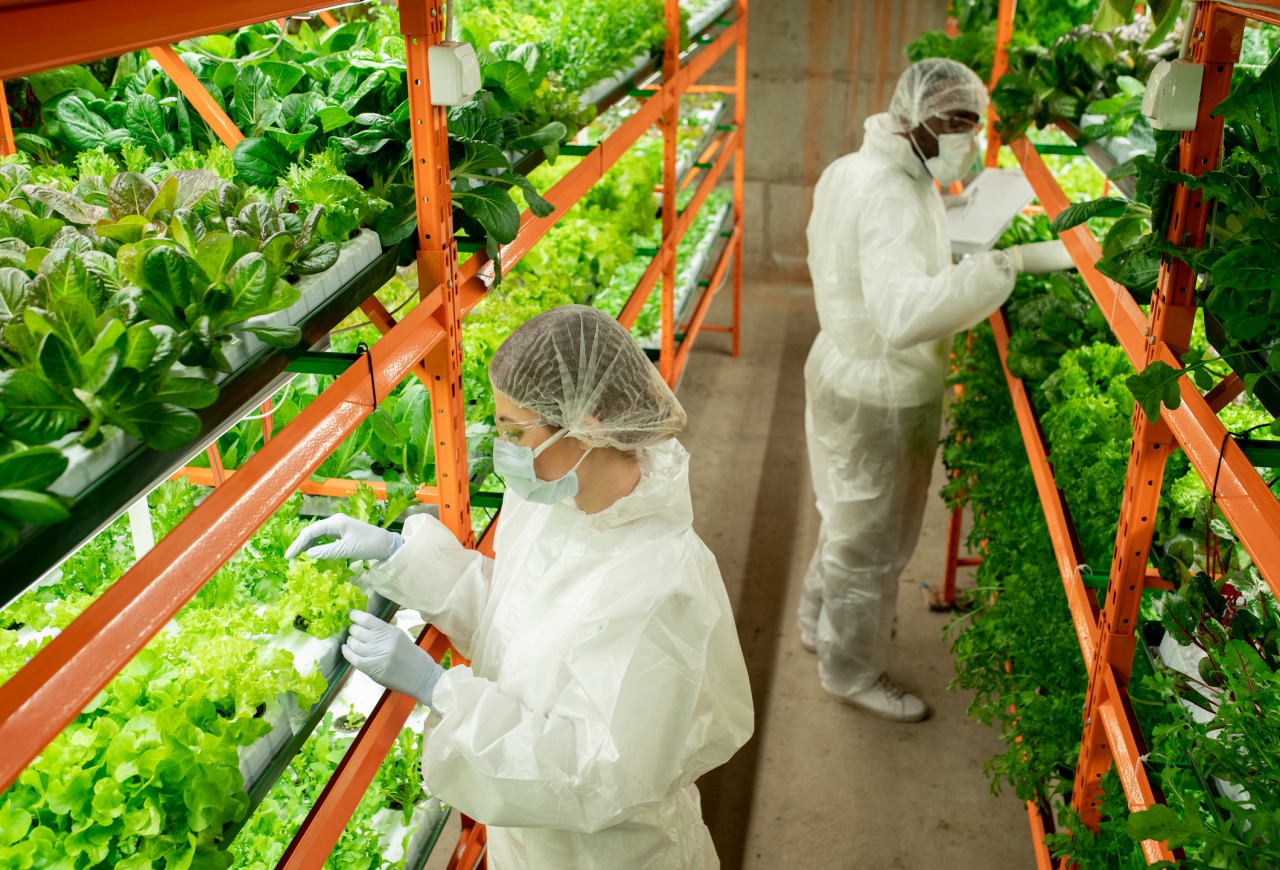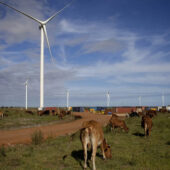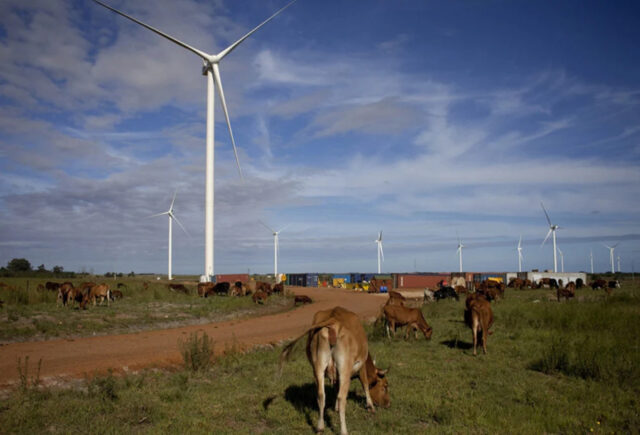We are in the middle of a new agricultural revolution driven by technology. Investors leading the charge talk to Impact Investor about the opportunities and challenges presented by agtech.

In brief
- Somewhere between US$20trn and US$30trn will be invested in our food systems between now and 2050, reflecting extraordinary technological changes leading to “autonomous agriculture”
- This has great potential positive impact implications, for the fight against climate change, the improvement of biodiversity, and the ability to feed the world’s growing population
- But the new technologies come with many challenges and we should be aware of the possible negative social impacts
In a recent white paper, Invesco suggested somewhere between US$20 and US$30 trillion will be invested in our food systems between now and 2050. The paper noted the key role that investors will play in “channelling capital into genuinely disruptive ideas that might otherwise fail to fulfil their enormous potential”.
The commercial returns are potentially enormous, but so is the potential impact. Alistair Cooper, head of venture at Cibus Capital, believes “the background to this has been the growing awareness of what climate change could mean for feeding the world’s growing population”. Something exacerbated by Russia’s invasion of Ukraine and the consequent food crisis.
Autonomous agriculture
Cooper argues that agriculture is finally experiencing the digitalisation that has swept through other sectors of the global economy. A range of technologies are proving important: greater use of big data, artificial intelligence sensors combined with enhanced imaging, significant progress around genomics and gene mapping, robotics, and precision fermentation.

Andy Zynga, CEO of EIT Food, the EU initiative for ‘future-fit food’, groups such developments together as “autonomous agriculture”, which according to him has “enormous potential to make food production more sustainable and reduce its environmental impacts, as well as support farmers to adapt to climate challenges”.
EIT Food has supported the Ukrainian startup PAAWR which offers fully autonomous, chemical-free agriculture based on artificial intelligence. Using a high-density precision microwave module, an autonomous mobile robot analyses and clears weeds at an early stage of growth.
As well as reducing the need for time-consuming and expensive manual labour, this technology apparently reduces the use of herbicides and pesticides by up to 99%, increases yields by up to 40%, and reduces treatment costs by up to 50%.
It’s not just in Europe. “This technology is particularly important in countries where water and land resources are limited” according to Tai Lin, managing partner of Proterra Asia. “Agtech is rapidly evolving and being adopted in many parts of Asia.”
He highlights precision technology, the use of sensors and biotechnology which is being used in Asia to develop crops that are more resistant to pests and diseases, can grow in harsher climates, have better nutritional profiles, and can be grown more sustainably. Vertical farming also has a key role.
Vertical farming and plant-based proteins
Peter Bachmann, head of sustainable infrastructure at Gresham House, goes further. “Vertical farming is by far the most important technology in the agtech revolution in terms of impact. It uses something like 250-500 times less land than traditional farming, up to 1,900 times less carbon, and 98% less water, chemicals, and pesticides.”

Vertical farming also has huge shelf-life benefits which in turn helps reduce food waste and microplastic contamination. According to Bachmann, vertical farming can generate all of these sustainability benefits at or below the price of field grown crops.
The challenge at the moment, however, is that most vertical farming production is in leafy greens such as rocket and spinach. Bachmann admits “it is not going to change the world while that is the case. The only way we are going to have a significant impact in reducing the carbon footprint of farming is by moving to sustainable plant-based protein”.
These plant-based proteins can then slowly replace the meat industry which has a huge environmental footprint. Currently over 3/4 of productive agricultural land is devoted to beef or other animals for food. The cows on this planet consume the equivalent of 8.7bn people’s calories and we currently grow more feed for animals than we do for people. The greenhouse gas emissions from cows if amalgamated and treated as a country would be the third largest emitter after the United States and China.
Bachmann says: “Where we are going next is soft fruits, but increasingly the focus in vertical farming is on soya, wheat, peas, and other potential constituents of alternative proteins. A lot of capital is currently being directed towards plant based proteins.”
The challenges found by many of the initial investors was that the nutritional value of the offering was not sufficient, and there were also questions of taste. In Bachmann’s view, we are now moving towards “plant protein 2.0 where production will be scaled up and where those two challenges will be met”.
His hope is the least productive land, requiring chemicals and subsidies, will be displaced overtime by vertical farming. Enabling large scale ‘habitat banks’ of biodiversity.
Labour implications – positive or negative impact?
Cibus finds the developments in robotics particularly interesting and has invested in Saga Robotics in the Nordics, and ISO in the Netherlands. Cooper sees this as a solution to the severe labour shortages which are plaguing the farming industry at present.
But could it be different? No one seems to be creating foundations yet to alleviate the social impact of the agtech revolution in the way which other technology innovators are doing for example in AI, but what happens to the workers who lose their jobs? Zynga admits “a key concern around autonomous agriculture is how the introduction of these technologies may impact the roles of farmers and food producers”.
Whilst it is true that traditional farming employs a lot of people, Bachmann makes the point it is very much seasonal, with the majority of the workforce appearing for just six weeks of the year. Vertical farming will employ fewer people, but they will be employed all year round. “Surely is better to employ a fewer number of people in highly skilled, permanent jobs in tech-driven industries from a macroeconomic perspective,” he says.
Moreover, according to Zynga, there is often potential for further job creation, both in servicing and supporting these technologies, as well as carrying out quality assurance. Nonetheless, “it is vital stakeholders work together to achieve a just transition”.





